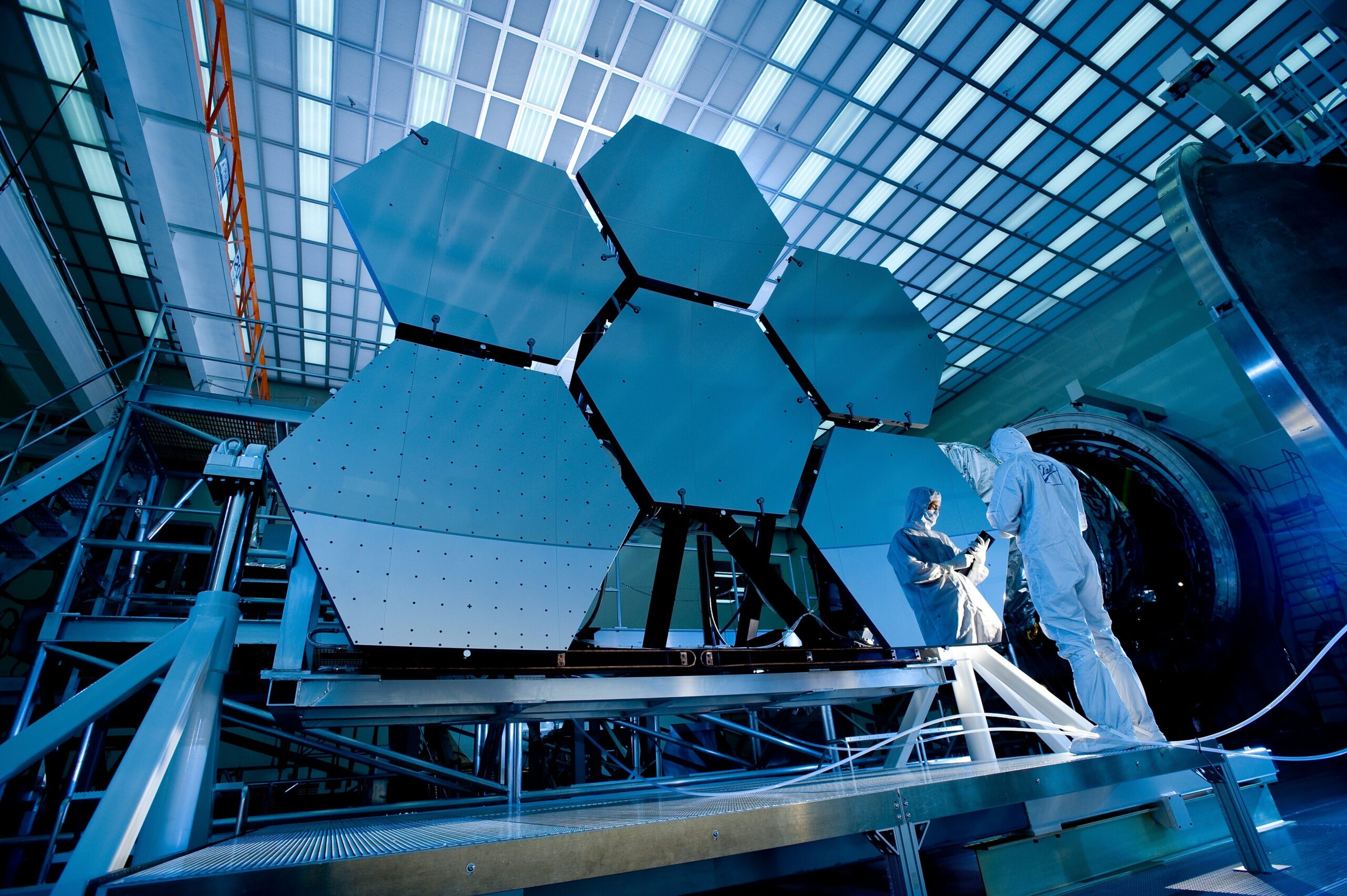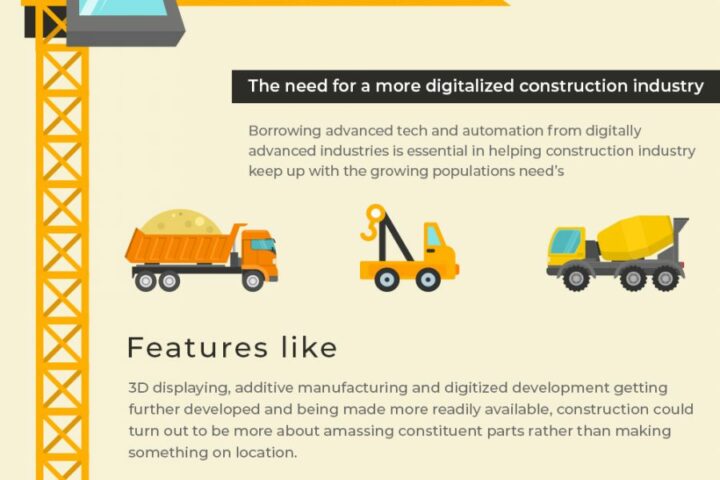Automobiles play a vital role in our lives. Whether it’s to commute from home to work, go to the movies or take long road trips, cars are a part of our daily routine. With over 1 billion units in use, they are the most common mode of transport, and it’s hard to imagine life without them.
Today’s world is advancing at an unprecedented rate. From better phones and laptops to high-end air conditioners and washing machines, the consumer demands better, and the industrial sector is expected to deliver. Just like all other industries, the automotive industry is under constant pressure to keep evolving. While this industry has come a long way since its inception in the 1860’s, it cannot afford to stop.
As Kodak will tell you, the way of the world is, ‘you either adapt, or you die.’
History of the automotive industry
In the late 19th and early 20th century, cars were a luxury that only those with immense wealth could afford. This changed when Henry Ford (founder of the Ford Motor Company) decided to make a move to mass produce cars, implementing the assembly line concept.
His vision was that once cars would be mass produced, their prices would drop substantially and they would be affordable to the middle classes as well. This would mean that cars would go from being nonessentials to being a valuable means of transport for the masses.
Ford’s gamble paid off, and the relatively inexpensive Model T produced in 1908 was a major success, selling over 15 million units by the time production stopped in 1927. The development of the assembly line and production of the Model T was just the start of the revolution in the automotive industry.
Assembly lines are still in place to this date; however, they are now more efficient than ever before, all thanks to automation.
Current advancements in the motor industry
The industry largely relies on robotics to do what were previously time-consuming tasks such as welding parts and painting the car’s body. Robots and specialized machines accomplish these tedious and repetitive tasks very precisely. The end result is more productive with better quality control. This translates to more variety and lower prices for the end user to choose from.
In the present time, there is a growing concern about pollution and its impact on health and the environment. Governments are mandating the control of this pollution. As conventional cars burn fossil fuels and cause emissions of greenhouse gases that cause global warming, there is a demand by users for cars that are ‘greener.’ Enter electric cars.
These vehicles come as hybrid electric (more gas less electricity), plug-in hybrid electric (like a hybrid with larger, plug-in rechargeable batteries) and all-electric vehicles (only electricity). Electric cars do not require as much fossil fuel and are thus useful at reducing local air pollution significantly. Indeed, all-electric cars are zero-emission cars that don’t even have a tailpipe.
Tesla has made major strides in the development of electric cars, making them safer, more efficient and higher performing than their conventional counterparts. This means that one can enjoy a great driving experience while playing his part for the environment. These cars don’t need to be refueled and save a lot of money.
As the other major companies follow in Tesla’s footsteps and the production of these cars increases, they will only become cheaper. It seems that electric cars are clearly the future of the automotive industry.
We live in a time where smart devices are common, and the focus is on developing software as much as it is on developing hardware. It’s not enough for cars to be just means of transport anymore- they are expected to be massive smart devices.
Car technology and driver safety
Cars are now equipped with state-of-the-art touch-screen computers, infotainment systems and various sensors that help to bring the driving experience into the 21st century. They have self-diagnostic systems that alert the user of any fault or need for maintenance of a part. One of the most interesting developments in the automotive industry is the race to produce self-driving cars.
What was once something out of a science fiction movie is only years away from hitting the roads. In fact, many companies are currently testing these autonomous vehicles (AVs) including Tesla and Google. AVs work using sensors and cameras combined with artificial intelligence. Semi-autonomous cars, such as those from Tesla, are already available in the market. These have autopilot functionalities such as automatic braking, lane changing and self-parking.
The concept of these cars is that they will eventually constitute all the traffic in the world, not only making life easier but also roads safer.
Traffic accidents cause injuries to millions of drivers and a lot more die each year. They also cause multibillion-dollar losses worldwide in the form of loss of productivity, medical and even legal costs.
While human and environmental factors also play a role in these accidents, a lot of the damage can indeed be prevented by apt vehicle design and safety features. This is why the automotive industry is continuously expected to come up with safer cars.
In this regard, vehicles today are better than ever before. Features like more responsive brakes, power steering, anti-lock braking system, and traction control help the driver keep maximum control of his car under all conditions. Cars are also studier, have better safety belts and more responsive airbags so that even if an accident occurs, occupants of the car are as protected as they can be.
As sensors can now tell you if the car needs maintenance, accidents due to malfunctions are minimized. With the move towards self-driving cars that aim to remove all human factors from the equation altogether, the future of the road safety seems to be headed in the right direction.
If you wish to trade in your outdated car for a more advanced, current one, webuycarstoday is one platform you might find useful. It is time that we all accept and embrace the wonderful world of technology we live in.
Out with the old and in with the new!

